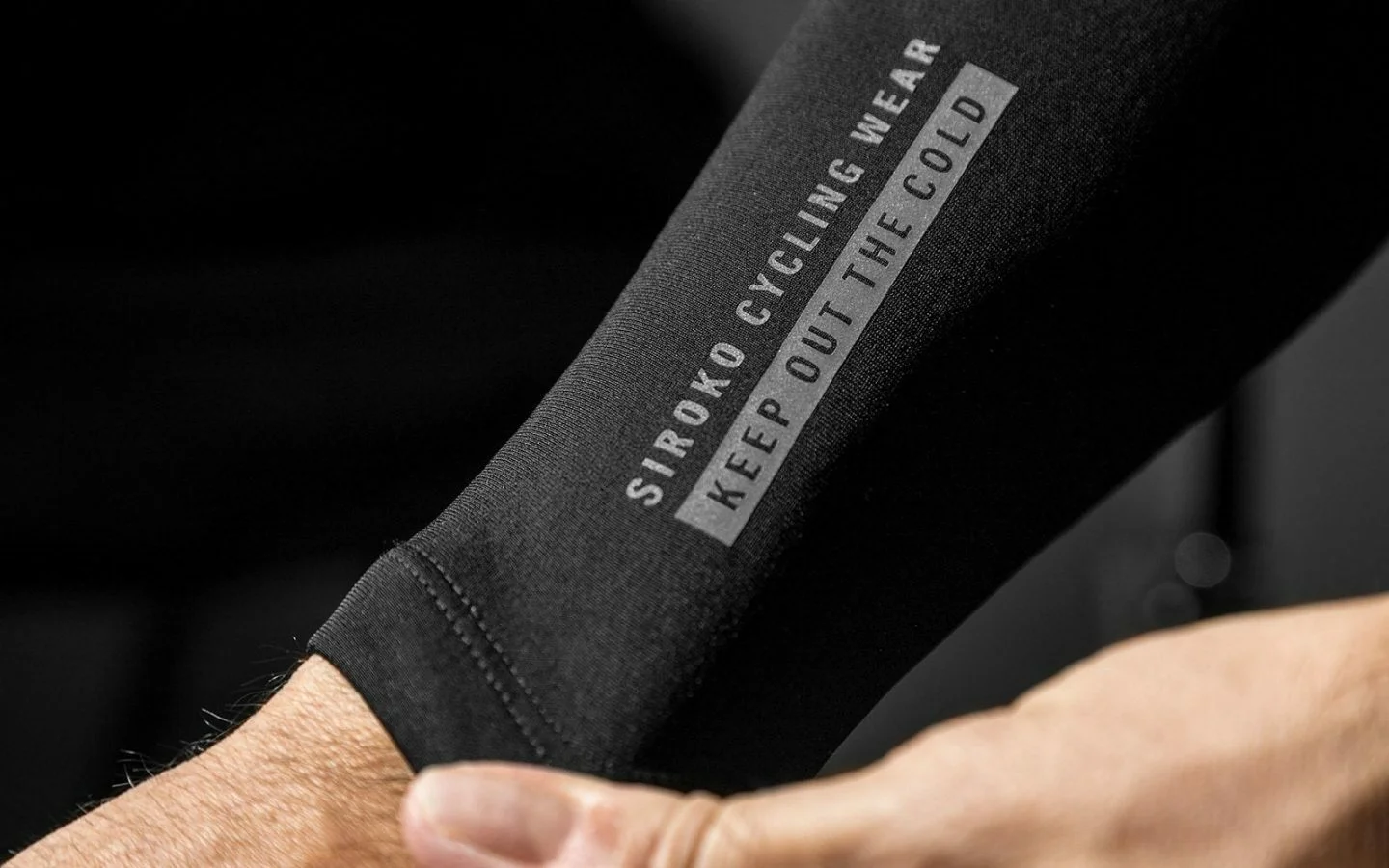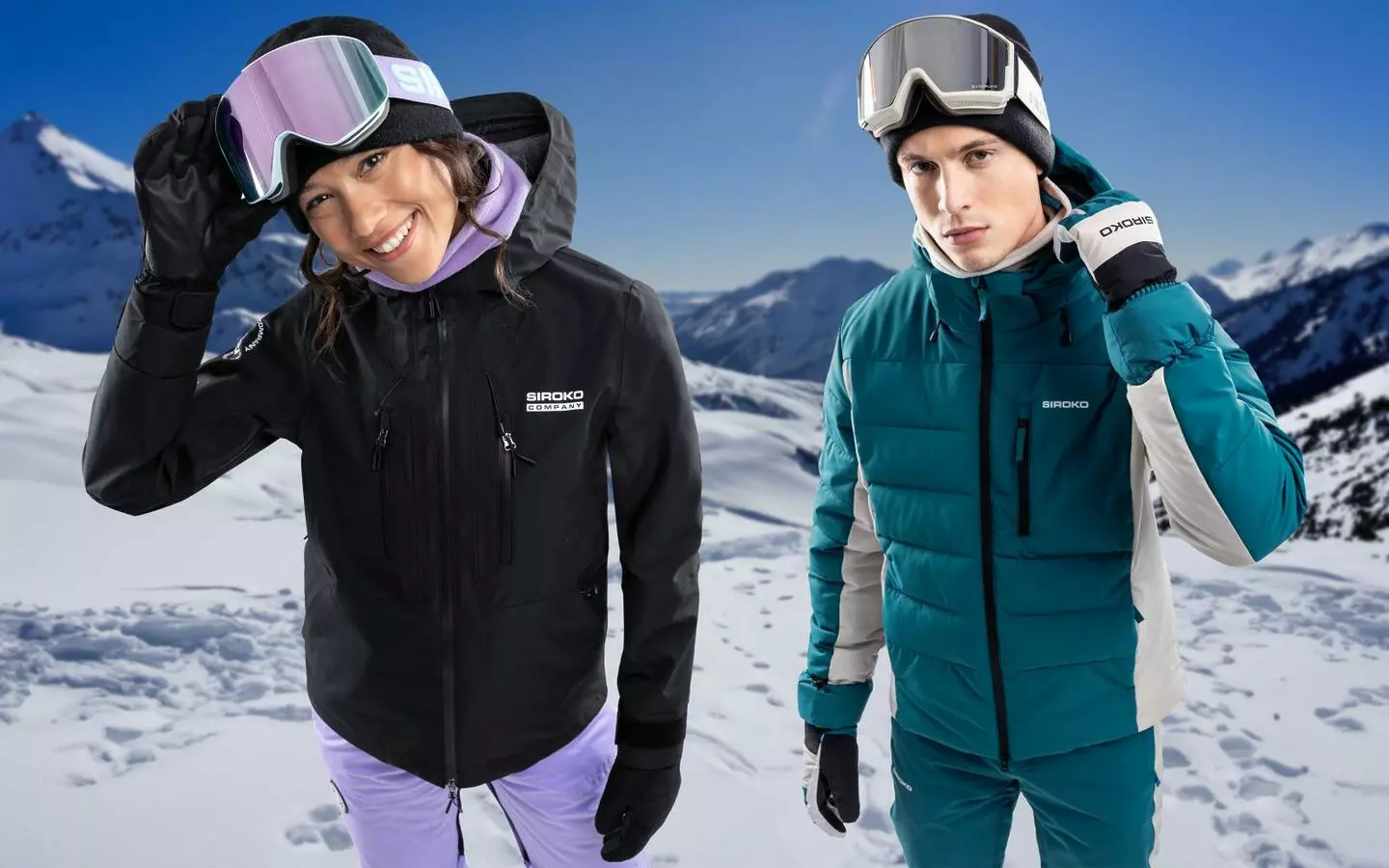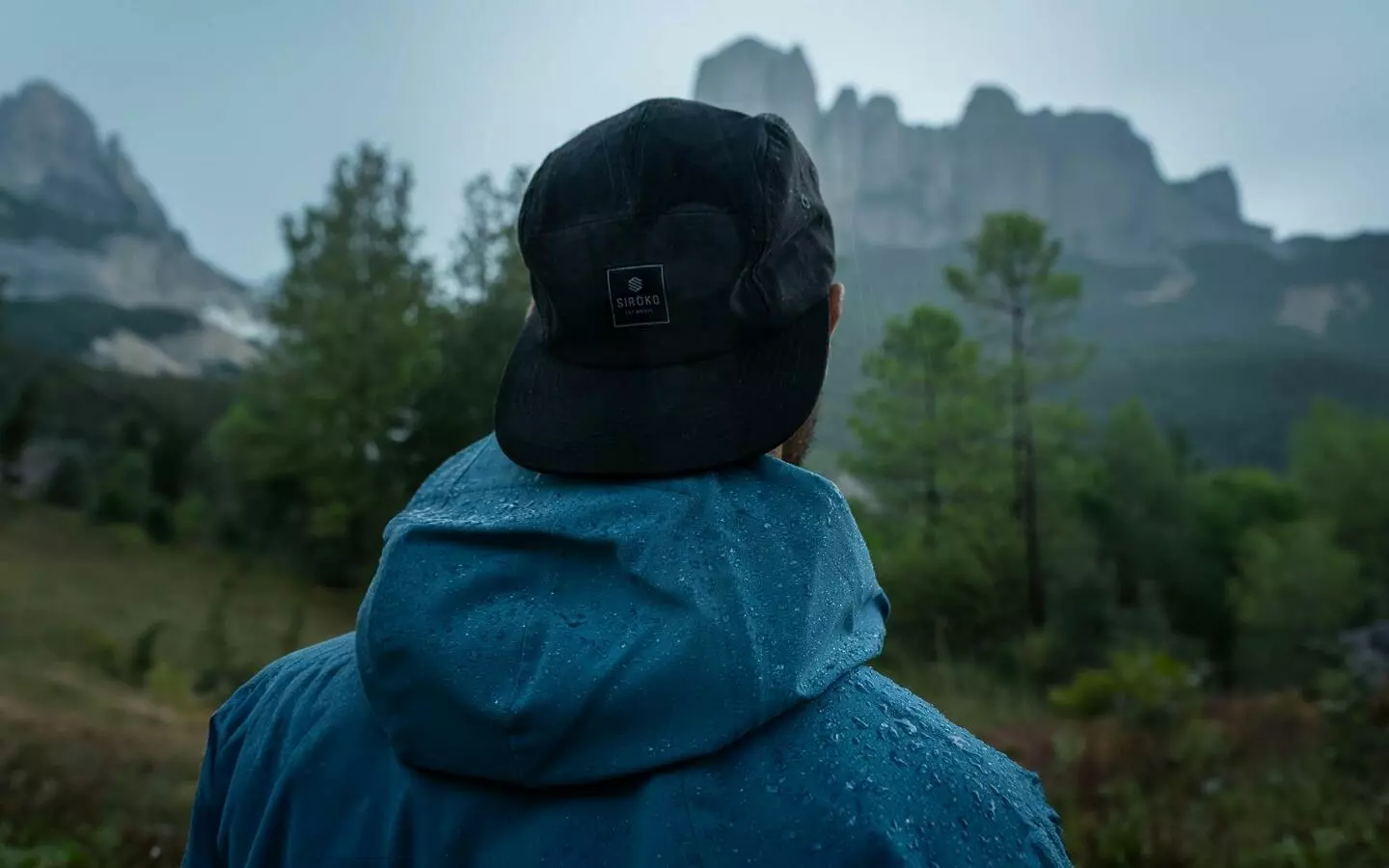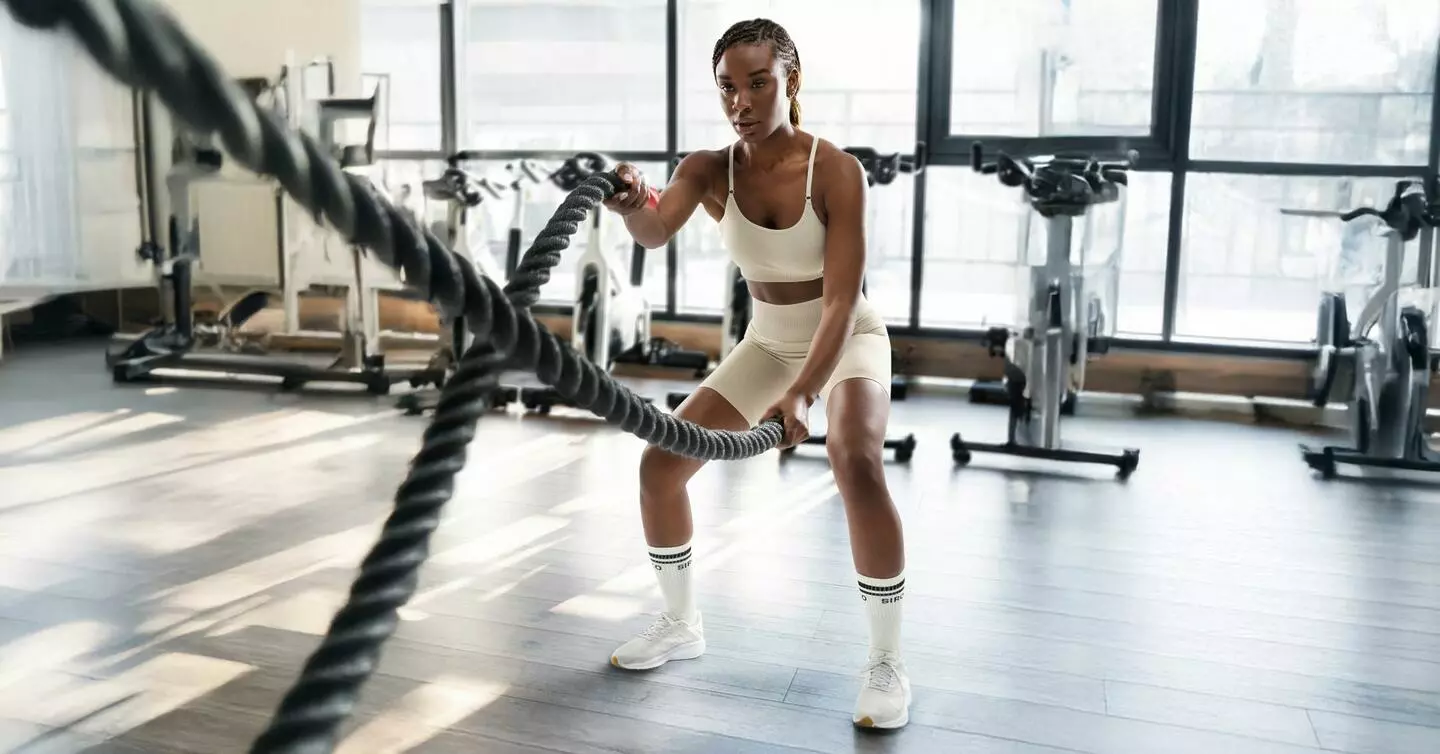In the post explaining when to use windproof cycling vests, we said that it was one of the most universal garments in the extensive catalog of cycling apparel. Well, arm warmers are just as versatile and, therefore, essential in every cyclist’s wardrobe. In this article we will try to answer the most common questions about this ace up cyclist’s sleeve.
What kinds of arm warmers and sleeves are there?
First, let’s explain that cycling arm warmers are tubes made of fabric that should cover practically your whole arm, from the wrist almost until the shoulder. Depending on the fabric, there are different types of arm warmers:
- Summer arm sleeves: ultra-lightweight garments made of synthetic fabrics with little to no thermal protection and a very close-fitting cut. Their main purpose is to offer UV protection for our arms.
- Thermal arm warmers: offering a wide variety of models and a huge range of options according to cyclists’ needs. The fabrics are more technical and can be synthetic (polyamide, spandex, lycra…), natural (merino wool) or a mixture of both. The models with better thermal protection have a fleece lining to keep your arms warm.
- Water-repellent arm warmers: in addition to thermal protection, their fabrics count on a surface coating that makes them water-repellent. They will protect you from rain but only to a certain extent as no arm warmers are actually 100% waterproof. If it rains a lot use a waterproof jacket.
How to choose the right arm warmers?
Before deciding on a style, you should take into account some key features:
- Fit. Cycling arm warmers should fit tightly, almost like a second skin. The cuff area at the wrist, and the other end at the biceps, must be tight to keep the arm warmers in place.
- Silicone grippers. To provide extra grip on the arm, the most advanced styles are fitted with anti-slip bands to prevent the arm warmers from slipping down.
- Seams. The fewer the better. As it’s a tube, you can’t avoid them completely, so it’s important that the seams are flat and do not rub the elbow joint area to avoid chafing.
- Reflective details. Cyclists must use their arms to signal the turns. That’s why it’s important to have reflective elements on the arm warmers so that our signaling can be seen.
- Ergonomic design. Some models are made keeping the cyclist’s position on the bike in mind, so they aren’t straight tubes but rather form a 45º angle at the elbow.
Based on these characteristics, the next thing to consider when choosing arm warmers is when and where you are going to use them. For warm climates with very mild winters, summer sleeves may be enough. For temperate climates with moderate winters you should choose thermal ones. If you live in an area with high humidity where it rains regularly, water-repellent arm warmers will be the best choice.
If you’re looking for functionality, choose thermal arm warmers as they are the most versatile and will be useful during any season of the year.
To make the right choice it’s essential to look at the brand’s size guide and measurements. You should measure the width of your wrist and biceps and the length of your arm, bearing in mind that arm warmers are very stretchy but their elasticity has its limits. They should fit snugly but if they’re too tight they won’t allow blood flow to properly redistribute heat to the arms and hands.
Why do cyclists wear arm warmers?
- Because they are easy to take off and put on while riding.
- Because they take up little space and can be carried in the rear pockets of your cycling jersey or vest.
- Because they offer extra protection against the sun, cold, wind or rain.
- Because they help to maintain your body temperature, given that the arms do not move when cycling and therefore they get cold easier.
- Because they are compression garments that increase circulation, helping with recovery, pain reduction and muscle tension.
When to use arm warmers?
Arm warmers are so multifunctional that even on the hottest days you can carry them in your jersey pockets and use them for extra protection. A long day on the bike with the sun beating down on your arms can take its toll and if you don’t have sun protection to apply on the go you’ll get sunburnt.
In our post on windproof cycling vests we gave you some examples that can also be applied to the use of arm warmers:
In summer, late spring and early autumn you can wear them to protect yourself on chilly evenings, if you go out after work, or on cold mornings if you leave home early. As soon as you warm up, take them off and put them in your pockets. You can also go out without the arm warmers on and put them on later, as soon as you get a little chilly.
On a route with mountain passes and long descents where you have to use your arms and hands to brake, grip the handlebars and move the bike safely, you will appreciate arm warmers and thin gloves protecting you from the wind and cold downhill. This is especially true for high mountain passes.
In short, arm warmers are so versatile, easy to put on, take off and carry, that they allow you to adapt to sudden changes in temperature and to different circumstances of each bike route.




